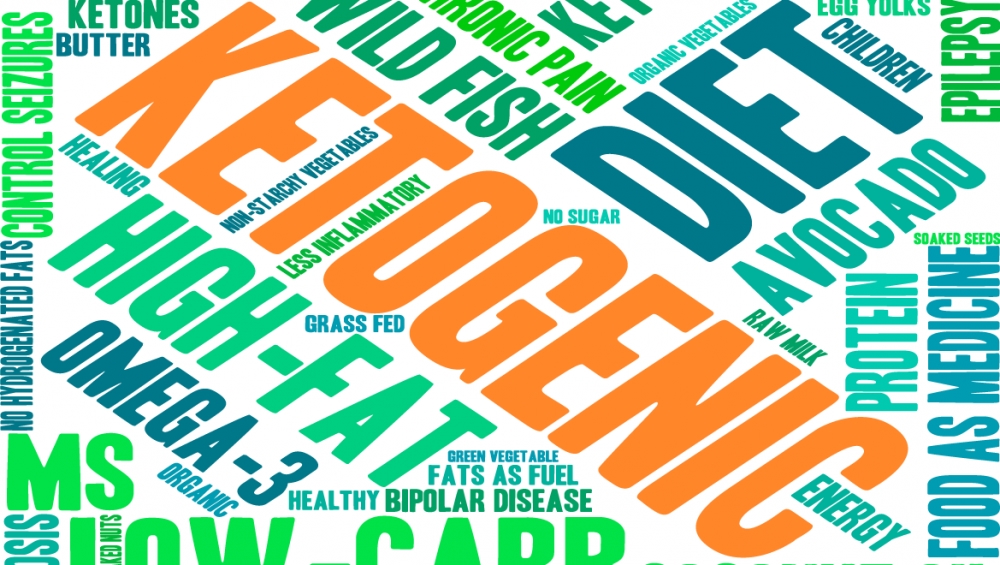Hmmmmm…keto keto keto!
A few weeks ago, a friend added me to a group on Facebook – a group based on ketogenic living. Being in this group has been a great eye opener for me, I must say. Being on a diet isn’t easy and at first I wasn’t so interested but the awe-inspiring pictures and testimonies from members of the group got me curious, and of course interested. Consequently, I began searching for answers. Yes, search I did!
If you’re reading this right now and wondering what ketogenic is (just as I did weeks ago) –- here are the results of my search…
The concept of ketogenic dieting is not new – it’s been in existence for over 90 years. A dietary regimen designed by physicians in the early 1920s as a therapy for epilepsy. However, it has existed in many forms and in many variations over the years. And has many similarities to the popular Atkin’s Diet.
Ketogenic diet is a low-carb, high-fat diet and beyond its epilepsy treating benefits, there’s so much more to gain from going ‘the keto way’. Weight loss ranking quite high on keto benefits, this therapy is also effective against diabetes, cancer, Alzheimer’s disease, autism and a number of other diseases.
The concept of ketogenic diet for weight loss is simple – eat fat to burn fat. How it works? A drastic reduction of your carbohydrate intake while upping your consumption of fats plus adequate amounts of proteins. This reduction in carbs puts your body into a metabolic state called ketosis – a state whereby the liver converts fats into ketones which is used as energy rather than relying on carbohydrates as fuel. Keto diet directs the body’s metabolism away from carbs but towards fat and ketones. This significantly burns off more fats while lowering blood sugar level and insulin spikes.
Do you know that by reducing insulin levels, weight loss is effected? Wondering how? The Insulin hormone encourages the body to store fats, and by keeping your insulin levels low, your body limits fat storage – consequently promoting fat lipolysis (a process of melting and removing unwanted fats).
Things to avoid on a keto diet include: bread, pasta, potatoes, cereals, beans, legumes, fruit, and of course sweets and unhealthy fats plus fried foods. Indulge more in meats (beef, chicken, fish, pork, goat meat, seafood, eggs, etc.), mushrooms, greens and leafy vegetables, and healthy fats/oils (olive, coconut, macadamia, grass-fed butter, etc.), cheese, protein shakes, green tea, nuts and their butters (almond, cashew, peanut).
While on a keto diet you’re not starving your body but simply limiting its consumption of carbohydrates. By replacing carbs with dietary fats and proteins, you’re training your system to be less dependent on carbs.
Worthy of note – as your body enters the ketogenic state, decrease in glucose (low carb deficiency) may lead to a lack of energy, and sometimes “flu-like” symptoms – nausea, lethargic feeling, dizziness, headaches and irritability. These feelings doesn’t affect everyone and often last for not more than a week and to combat them, exercise more and increase your intake of water and sodium. Consuming loads of green leafy vegetables for antioxidant and vitamin protection is highly essential.
Looking easy right? You could try it. I’m on a 21 day challenge and looking forward to sharing my personal weight loss story with you soon!
***If you have any medical condition, it’s advisable to check with your doctor prior to starting.



